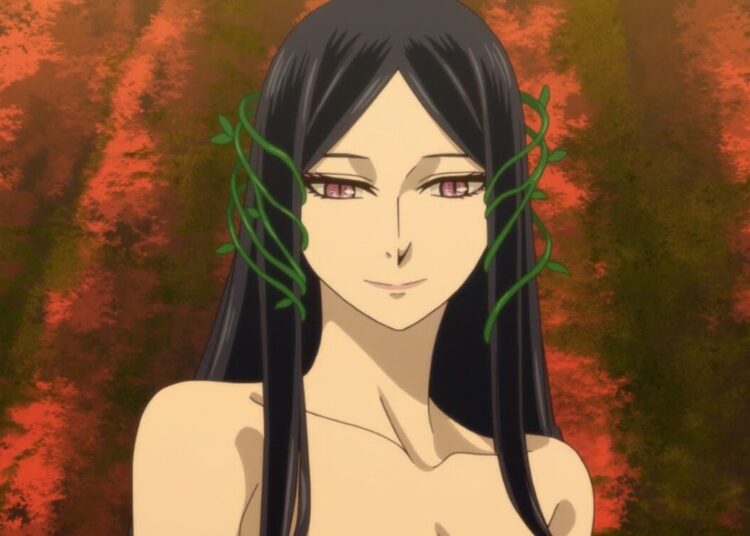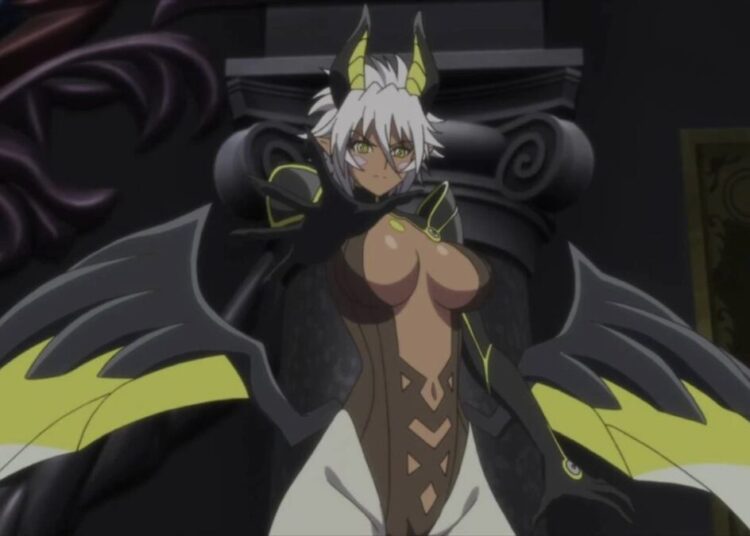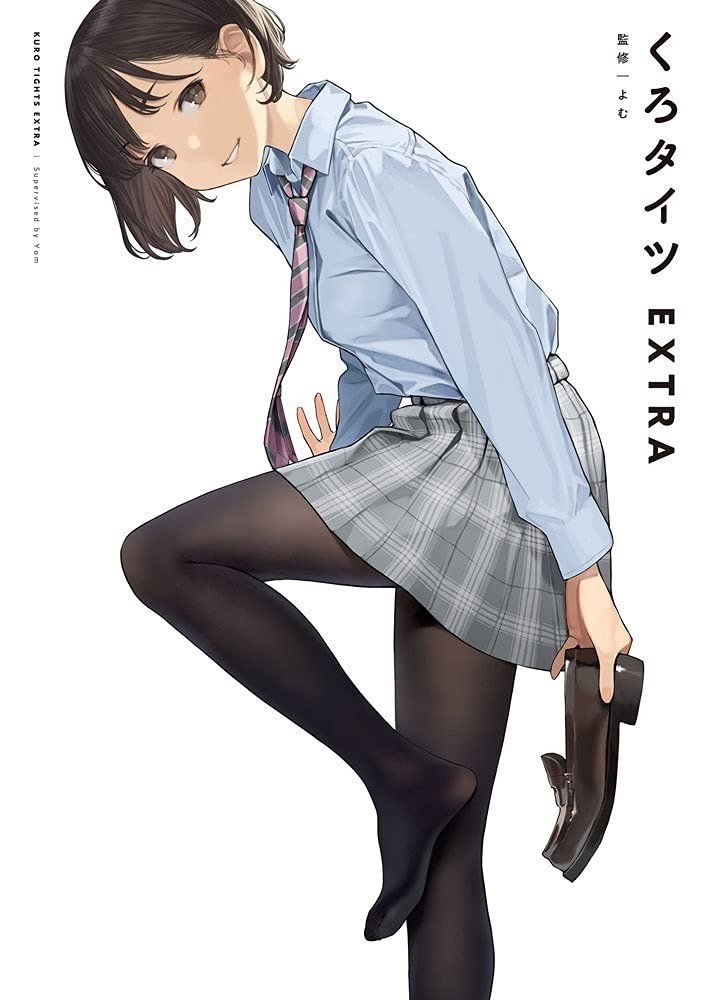Masaki Kajishima’s long-running Tenchi Muyo! is considered one of the more peculiar franchises to have come out of the 1990s. What started out as a quintessential harem anime has since exploded into a bizarre blend of action, comedy, mysticism, and science fiction. Among its myriad spin-offs is the lesser-known Dual! Parallel Trouble Adventure (1999), a sci-fi parody that’s both a deconstruction done right and an entertaining romp.
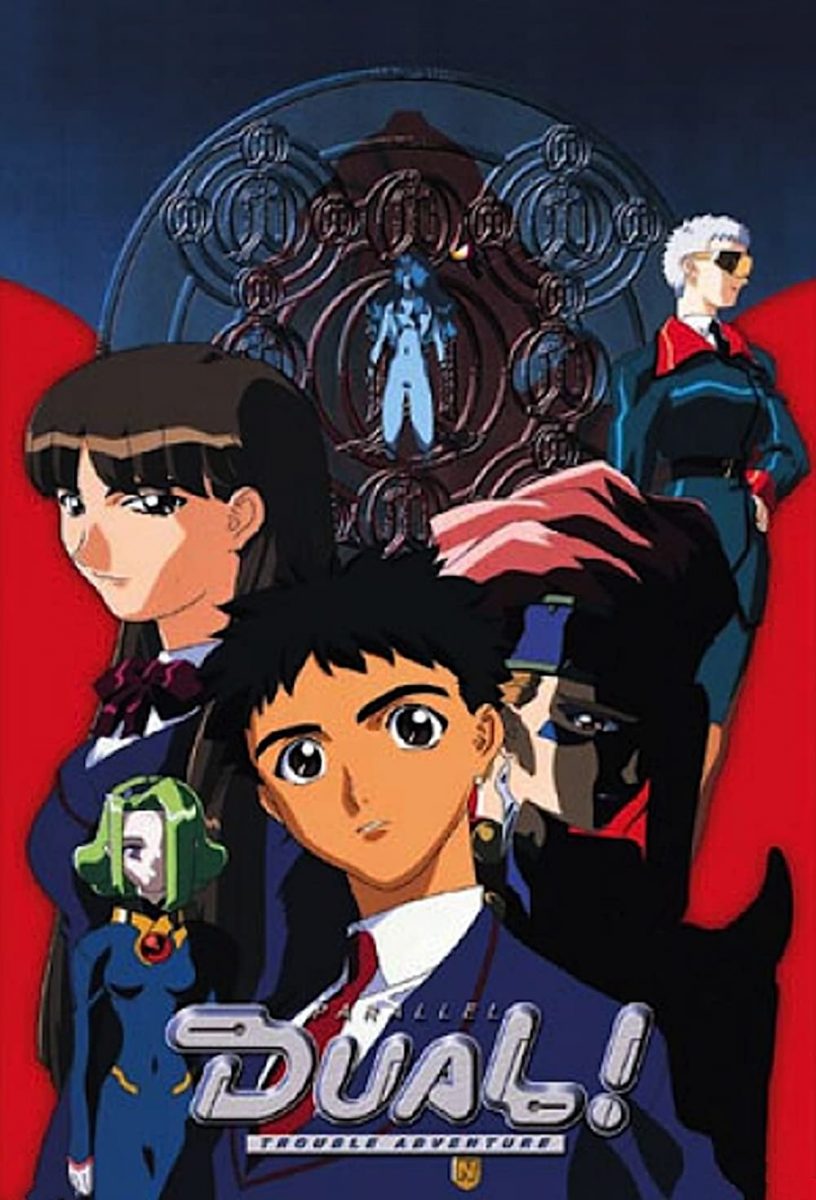
As with just about every other entry in the saga, this 14-episode series was done by AIC and produced by Pioneer LDC/Geneon, with Katsuhito Akiyama as director. Many of the staff who handled earlier OVAs were also involved. But you don’t need any previous knowledge of Tenchi Muyo! to appreciate the show.
Notably, the studio was heavily inspired by the then-recent release of Neon Genesis Evangelion. Yet rather than simply following the leader, the animators took many of the same elements but went down a rather different path. Dual! Parallel Trouble Adventure certainly catches your attention with its unique take, which may explain its lasting appeal.
The anime’s TV ads, while very much a product of the time, highlight AIC’s enthusiasm behind the project as well as the Evangelion influences. Circa 1999. (Source: YouTube)
Crisis on Two Earths
Dual! follows high school student Kazuki Yotsuga (Takayuki Yamaguchi, Jeremiah Freedman), an awkward high school student troubled by glimpses of mecha battles only he can see. One day, he’s approached by the beautiful Mitsuki Sanada (Rie Tanaka, Michelle Ruff), who brings him to her eccentric scientist father. What starts out as a research experiment into parallel dimensions quickly leads to the two teens being teleported to another timeline. There the Earth Defense Force is at war with the rogue Rara Army, all fighting with the very same machines in Kazuki’s visions. Together with a mysterious alien named D (Ai Uchikawa, Sherry Lynn), they pilot mighty “Core Robots” for the EDF in the hopes of finding a way back. All the while, they find themselves stumbling closer to the truth, even as the two universes begin to unravel from all the hijinks.
What stands out considerably in the anime is how it plays about with its blatant Evangelion influences. The main protagonists are clearly intended to invoke Shinji, Asuka, and Rei, with the latter being almost a carbon copy in appearance. There’s also a major subplot about ancient alien relics that wouldn’t be too out of place in Hideaki Anno’s work, while the Core Robots resemble the Eva Units (except they’re actually mechanical), complete with a similar LCL-esque conceit in how they operate. Yet despite using many similar elements, the overall tone couldn’t be any more different. For one, it’s considerably tongue-in-cheek and much easier to tell who’s good and evil. The series also doesn’t shy away from poking fun at the skintight pilot suits or deep symbolism of EVA by making the villains as flamboyant as possible.
This extends to the cast at large, who are one of the show’s highlights. No one is shown as insane, no matter how wacky things get. If anything, while the leads come across as straight out of a classic harem anime, they’re also relatable and grounded. Be it Kazuki’s everyman cluelessness, Mitsuki being as likable as she’s pretty, or D’s growing confidence, they’re about as far from dysfunctional as you could get. Meanwhile, the likes of the by-the-books yet reasonable Akane Yamano (Yuko Kobayashi, Barbara Goodson), ditsy scientist-commander Ken Sanada (Ryūsuke Ōbayashi, Kirk Thornton), and even villains such as his ex-wife Ayuko Rara (Mika Doi, Elisa Gabrielli), are given more than enough screentime and development. Their dynamics and relationships are as much a focus as the actual mecha battles, in the spirit of the Tenchi Muyo! franchise.
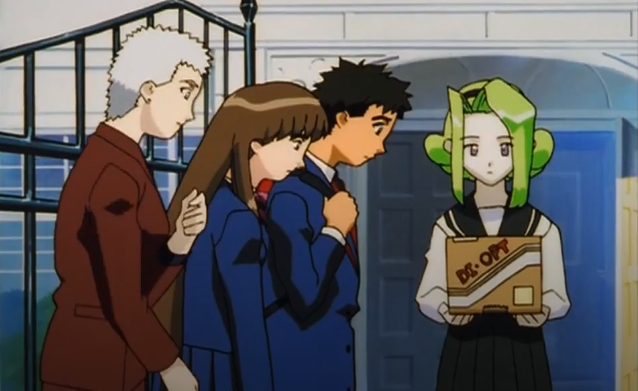
It’s not to say that it’s just zaniness or romantic comedy. Dual! takes the idea of alternate dimensions rather seriously. The series effectively builds on the Butterfly Effect, the entire show resulting from Kazuki’s father either calling in or destroying an artifact while at work. Despite the altered circumstances, constants such as having the same high school, and Ayuko giving grief to the Sanadas no matter the timeline become recurring motifs, especially as the two worlds grow more intertwined. It also posits that people placed in a mecha anime scenario, even when things get rough, aren’t going to go lose it when they’re facing it together, in sharp contrast to Evangelion.
A Colorful Adventure
Dual!’s animation, on the surface, wouldn’t stand out too much for the late 1990s. If anything, its blend of largely hand-drawn styles and digital effects hasn’t aged well. That said, befitting other Tenchi Muyo! entries, it’s remarkably colorful and vibrant. These are especially evident with the characters, which are nicely detailed and as distinct as they’re lively. Meanwhile, the various mecha — which run the gamut from conventional-looking to outright alien — are clearly given the bulk of the budget, with how fluid and choreographed many of the fights are. Add in some purposefully off-looking dimensional rifts, and you’ve got a pleasant feast for the eyes.
The first proper mecha scene not only mimics Shinji Ikari’s initial sortie in Evangelion, but also shows how different things could be if someone more stable were in the cockpit. The scene also showcases the animation at its most crisp. (Source: YouTube)
The audio is similarly dynamic, if eclectic. Its soundtrack ranges from the upbeat “DUAL!” by HARU & SAYAKA from UNIVERS★LD, to zany setpiece tunes and dissonant guitar riffs. Though not always memorable, they fit each scene. The voice acting also comes off strong, with the cast’s rapport making the hijinks on-screen more relatable. Granted, the English dub is, at best, par for the course for the time. Still, even at their more stilted moments, the performances remain decent enough to retain the spirit of the original Japanese script.
Alas, despite the attention it garnered and the promotions made, Dual! Parallel Trouble Adventure came and went. Remarkably, neither AIC nor Masaki Kajishima himself had forgotten it. The franchise creator liked the anime enough to interweave it slyly into subsequent works, with the final episode’s cliffhanger finding a resolution in Tenchi Muyo! GXP (2002). It’s unsurprising, then, that it has since garnered a cult following, and has a staying power not too dissimilar to Evangelion.

Overall, this show is one adventure worthy of the Tenchi Muyo! name. In addition to a Blu-Ray release in 2018, you can still find copies of the now-unlicensed English dub — due to Geneon closing down in 2007 — readily available online. What better time, then, to take an interdimensional jump?


